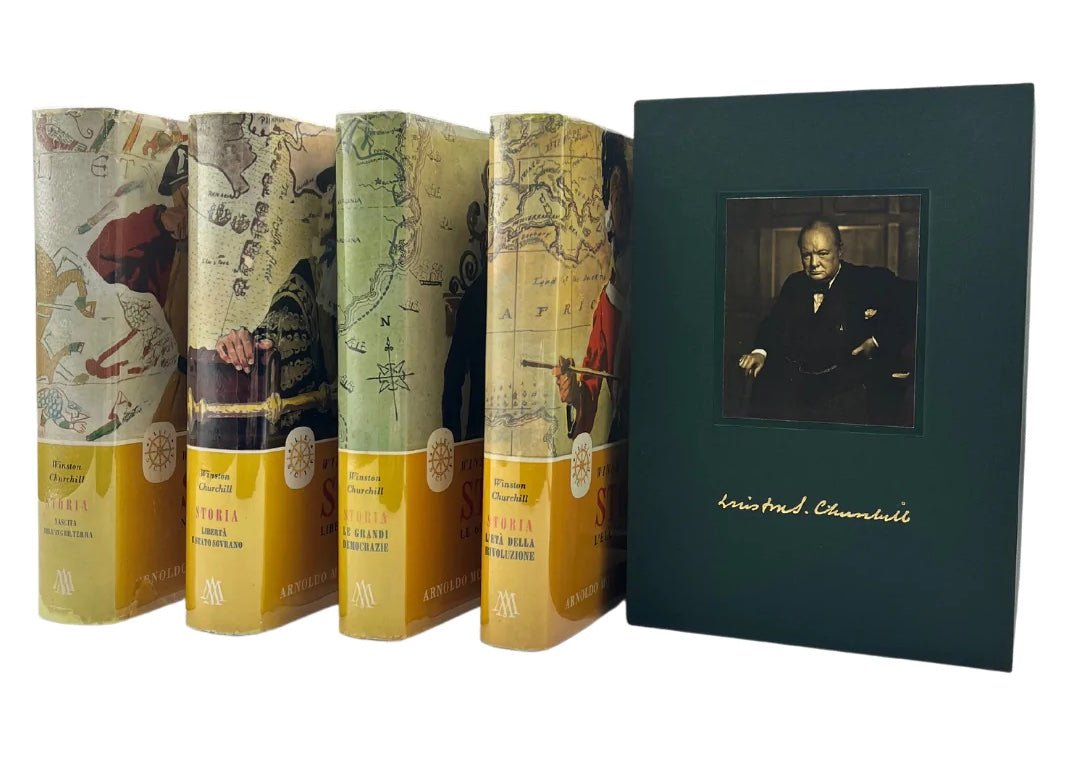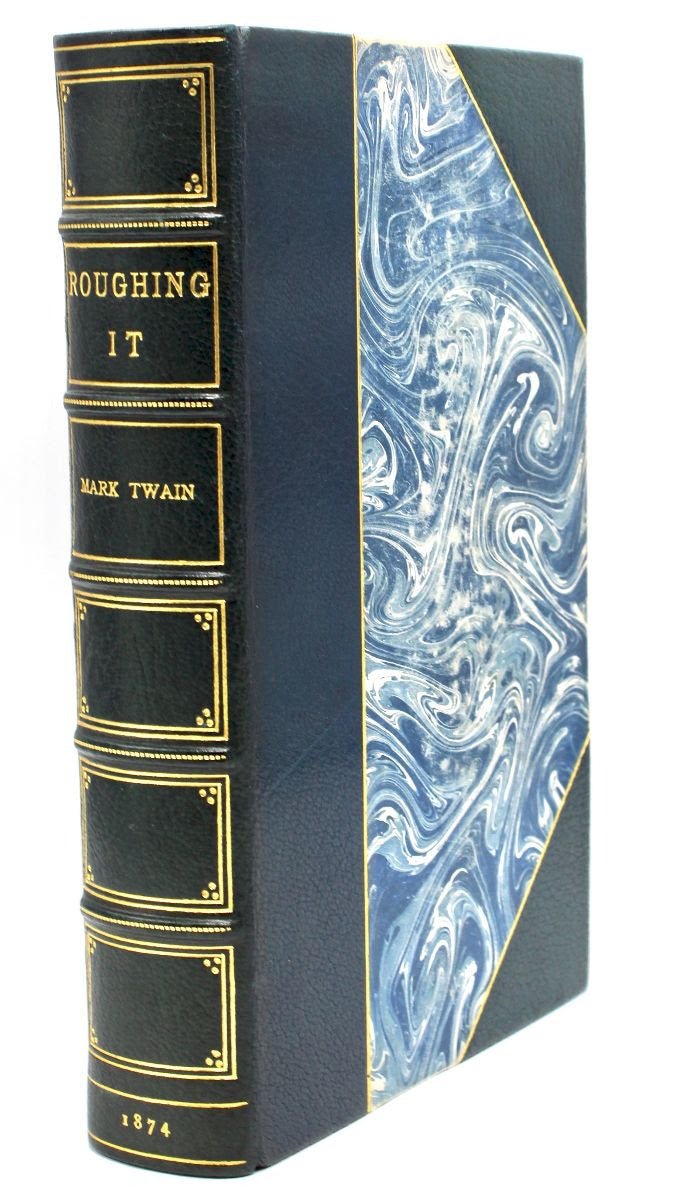Constructing a Canton: Stars on the American Flag
There are many ways to construct an American flag. And just as the configuration of stars changed and evolved as we added more states to the Union, so too did our way of adding stars to our flag, thanks to new technologies and the advancement of sewing and printing methods. Join us as we explore the many ways historical flag makers applied stars to Old Glory.
Sewn
The two predominant methods to sew stars onto a flag are by hand or by sewing machine. Hand-sewn stars on flags were common prior to the Civil War. Although the first American patent for a working sewing machine was filed in 1846, many seamstresses found sewing more intricate shapes like a star easier to do by hand. But as technology improved, machine-sewn stars on flags became more common.
Hand-sewn flag
42-Star Hand-sewn American Flag Commemorating Washington Statehood, Circa 1890
--
Zig-zag Stitch
13-Star Anchor Nautical Ensign
Printed
Printing stars onto flags is actually a bit of a misnomer. Rather, in most cases, the stars are not printed, but rather the blue canton around the stars is printed with color, and the stars themselves remain the color of the base fabric of the flag. The earliest known printed flags date to 26-star flags in 1837.
Printed
46-Star American Flag Printed in Drum Star Configuration
Clamp Dyed
The process for clamp dyeing dates to the mid-19th century, and involves binding the fabric of the flag so that the shape of the stars is protected and does not take on dye. Close examination of clamp dyed stars show irregularities, introduced by the printing process, such as the stubby tip of the star points and or minor bleeding of the blue into the white area of the star.
Clamp Dyed
34-Star Civil War Kansas Flag Great Star “Flower” Pattern, Circa 1861
Embroidered
Embroidered stars are made by building up individual stitches of thread to form the star. Starting in the late 19th century, machine embroidery was used to apply stars that were more regular in size and shape.
Embroidered
Patriotic "E Pluribus Unum" Silk and Metallic Embroidered Souvenir of Eagle with 4 Flags, circa 1909
Affixed
Stars that are affixed to a flag are usually made of a material that is difficult to stitch into without causing damage or undesired effects. The stars might be made of metallic foil, plastic sequins, or other materials. These stars are usually affixed with adhesives.












